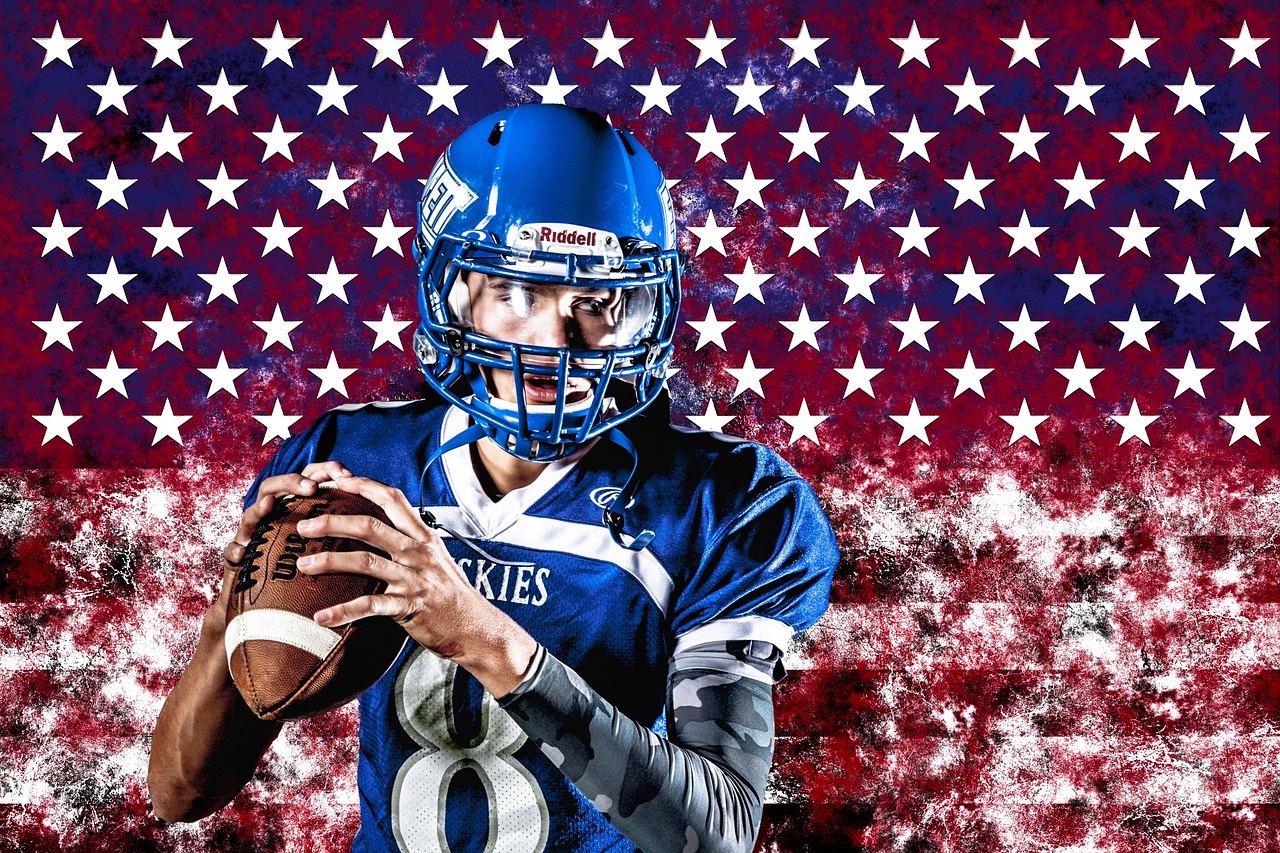But in an era of fragmented attention spans and evolving viewing habits, brands don’t need a seven-figure ad buy to capitalize on Super Bowl buzz. Below, five industry experts shared their best strategies for leveraging the game’s massive audience without breaking the bank.
Leverage local and alternative ad buys
While a national Super Bowl ad may cost $16 million when factoring in required year-round media commitments, brands can buy local spots in key markets for as little as $20,000 to $50,000, according to Seth Hargrave, chief executive of MediaTwo. “These ads air during the game in select cities, allowing brands to achieve targeted visibility at a fraction of the price,” Hargrave said.
Streaming platforms also present an emerging opportunity.
For instance, Tubi will be airing the Super Bowl for the first time, and its stream will likely include local ad slots, which opens the door for brands to reach viewers outside traditional linear TV, according to Andrew Becks, chief operating officer of 301 Digital.
Engage the overlooked audiences
More than half of U.S. households don’t tune in to the game, leaving millions of potential consumers open to engagement elsewhere, according to Hargrave. “Alternative programming like Discovery’s Puppy Bowl has built a reliable audience and attracts brands that want to capitalize on game-day buzz without directly competing,” Hargrave said.
Meanwhile, shifting Super Bowl demographics—particularly the surge in female viewership, fueled in part by the Taylor Swift effect—create new openings for brands, according to Eunice Shin, CEO and founder of the Elume Group. “For brands with an authentic connection to this audience, the moment is incredible,” Shin said.
Dominate the second screen
Social media remains one of the most powerful tools for brands looking to break through the Super Bowl noise, according to Adam Mendelsohn, co-founder of Upland Workshop. “Cutting through won’t be easy, but for brands that execute well, a social-first approach can be more effective than a traditional TV ad,” Mendelsohn said.
As viewers increasingly multitask during the game, brands can insert themselves into real-time conversations, according to Becks. “Super Bowl engagement isn’t just about the TV screen anymore,” he said. “Mobile and social platforms allow brands to interact in real time—whether that’s through influencer collaborations, gamified promotions, or dynamic ad placements.”
Josh Rosenberg, CEO of Day One Agency, pointed to the success of Chipotle’s “Freeting” campaign, where the brand dropped free food codes every time “free” was mentioned during NBA Finals coverage. “A similar approach during the Super Bowl—whether tied to key phrases, touchdowns, or halftime moments—could generate massive engagement,” Rosenberg said.
Capitalize on post-game momentum
A Super Bowl ad’s impact doesn’t end after the game, and brands can capitalize on this extended buzz without ever airing a commercial, according to Hargrave. “YouTube is the second-largest search engine,” he said. “You can buy pre-roll ads targeting searches for ‘2025 Super Bowl commercials’ and get placement next to the biggest game-day ads without actually being in the game.”
Authenticity matters
While the temptation to jump on the Super Bowl bandwagon is strong, brands need to be mindful of their place in the conversation, according to Shin. “If you have no business being in the Super Bowl discourse, don’t force it,” she said. “Audiences will see through it, and it won’t break through.” She also cautions against being tone-deaf in an era of heightened cultural and political sensitivity. “Brands need to take the pulse of the moment,” she said. “The Super Bowl is a celebration, but it exists within the broader context of American culture. Being aware of that can mean the difference between a viral success and a PR nightmare.”
Source: adweek.com

